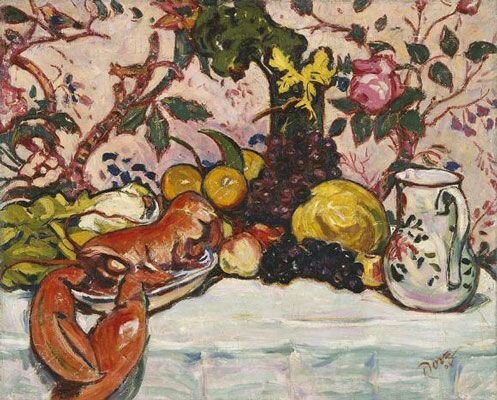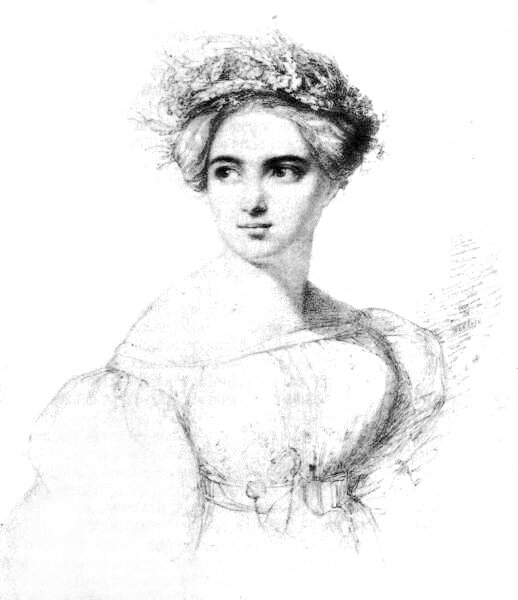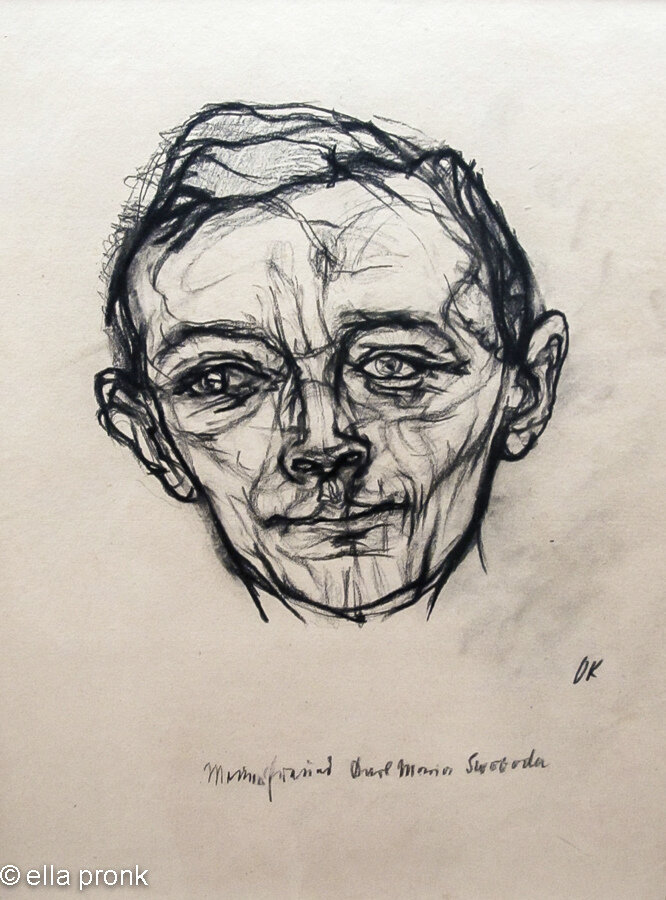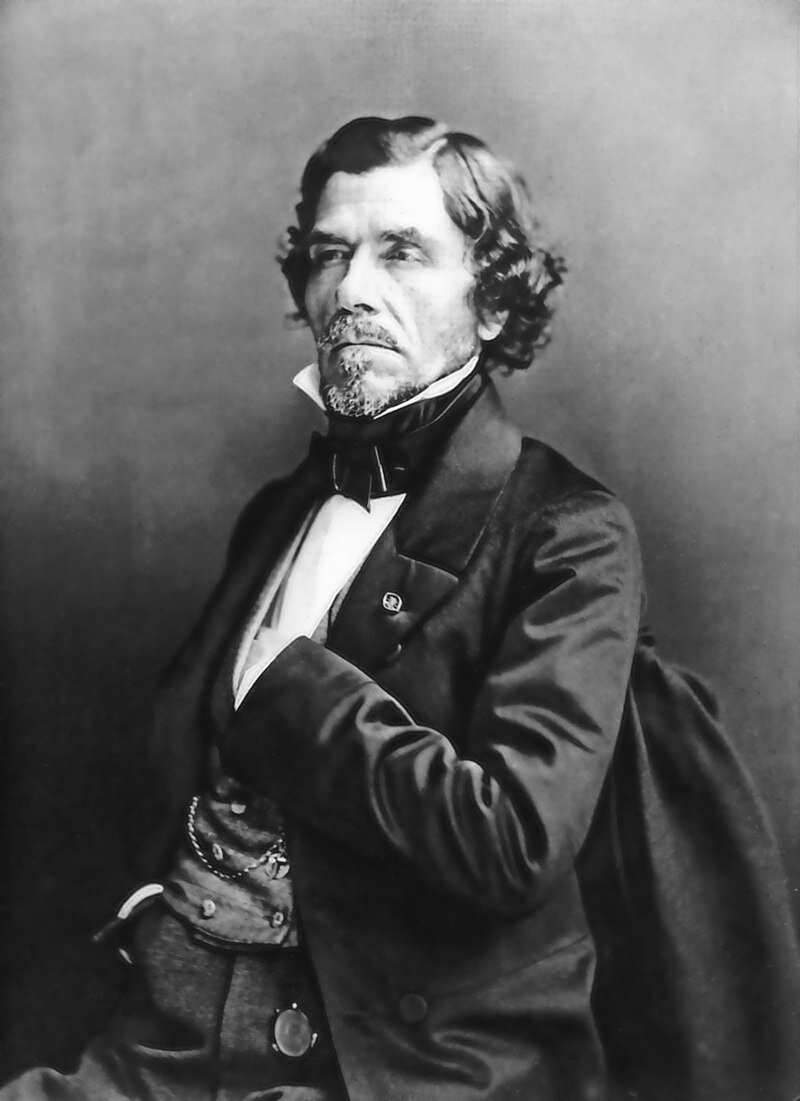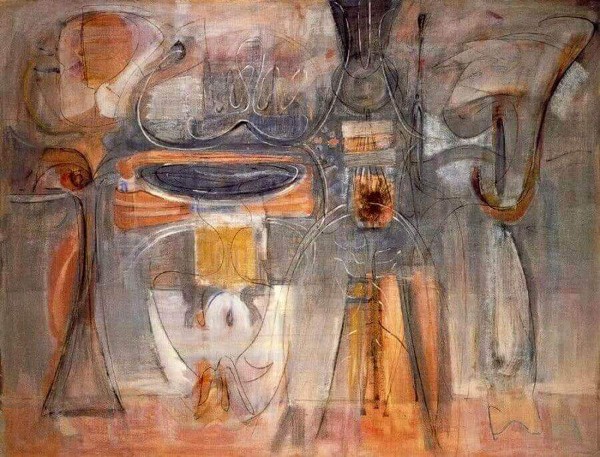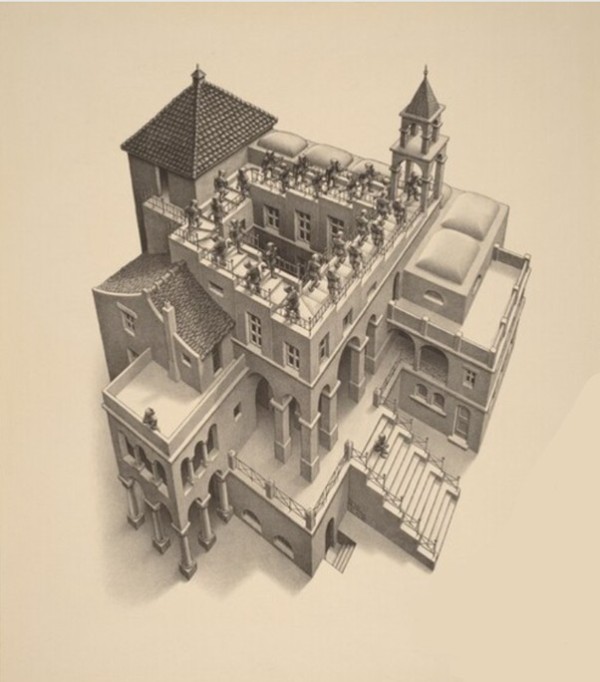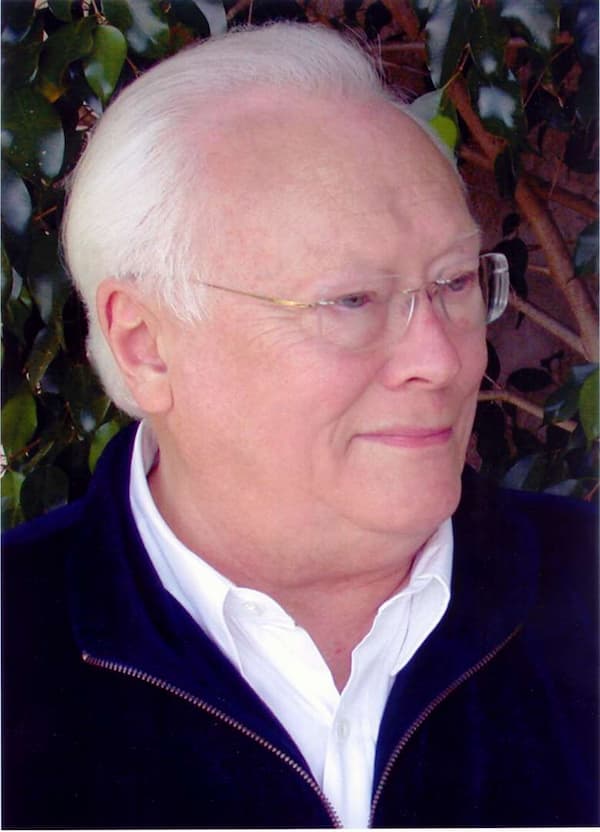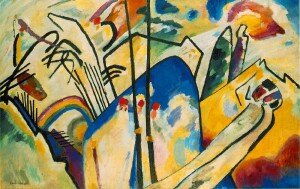
Kandinsky: Composition IV (1911)
(Kunstsammlung Nordrhein-Westfalen, Dusseldorf)
As the story goes, in early January 1911, Kandinsky, who was in Munich, went to an Arnold Schoenberg concert with his friends. What he heard there showed him the parallels between Schoenberg’s music, which was starting its trip towards serial music and atonality, and his own painting, which was trying to break from the traditional figurative style of painting.
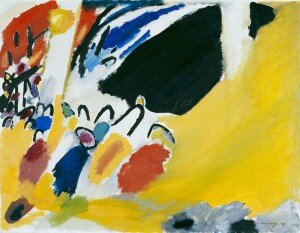
Kandinsky: Impression III (Concert) (1911)
(The Städtische Galerie im Lenbachhaus, Munich)
The music that Kandinsky heard that night was Schoenberg’s second string quartet.
Schoenberg: String Quartet No. 2, Op. 10, I. Allegro (Fred Sherry String Quartet)
In this composition from 1911, the same year as the concert, we have horses on the left, people lying down on the right, and a castle in the background. The colour scheme gives us a battle, reinforced by the vertical lances in the middle, and yet a pale wash of cold colour tempering the violence. The sky colours break into the castle walls.
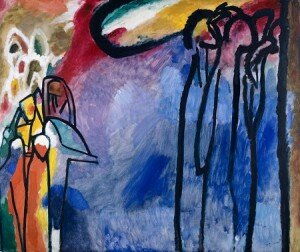
Kandinsky: Improvisation 19 (1911)
(The Städtische Galerie im Lenbachhaus, Munich)
Schoenberg: String Quartet No. 2, Op. 10, II. Scherzo (Fred Sherry String Quartet)
One of the unusual elements of Schoenberg’s String Quartet No. 2 was that it was actually for string quartet and soprano. The last two movements set texts by the poet Stefan George. Driven back by the vocal, the string quartet part seems to change in the last two movements.
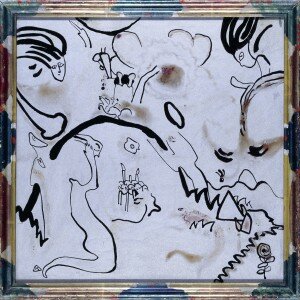
Kandinsky: Grosse Auferstehung (Grand Resurrection) (1911)
(The Städtische Galerie im Lenbachhaus, Munich)
‘Litanie’ (Litany), the poem used in the 3rd movement of the string quartet opens with ‘Tief ist die trauer die mich umdüstert,’ (Deep is the grief that comes over me) and continues, noting the speaker’s thirst, tiredness, hunger, and weakness. Yet, in his heart, a cry comes:
‘Töte das sehnen, schliesse die wunde!
Nimm mir die liebe, gib mir dein glück!’
Kill the longing, close the wound!
Take my love away, give me your joy!
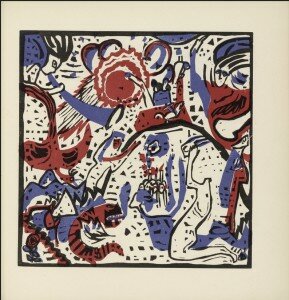
Kandinsky: Klänge: folio 52: Grosse Auferstehung (Great Resurrection)
The final movement, Entrückung (Rapture) starts with a sublime statement: ‘Ich fühle luft von anderem planeten.’ (I feel air from another planet.). The familiar fades, he loses himself in sound, and gives himself up to becoming ‘a whisper of the holy voice.’
Kandinsky’s Grosse Auferstehung (Grand Resurrection), also from 1911 is a painting on glass.
Schoenberg: String Quartet No. 2, Op. 10, IV. Entrucküng (Jennifer Welch-Babidge, soprano; Fred Sherry String Quartet; Robert Craft, cond.)
The image of Grosse Auferstehung was used again in a reversed form in Kandinsky’s ‘musical album,’ Klänge (Sounds) published in 1913. The book combines 38 prose-poems, written between 1909 and 1911, and 56 woodcuts, begun in 1907. Through the book, the images become increasingly indecipherable.
Kandinsky met Schoenberg as he was beginning his move towards serialism and atonality, and we can hear how the second string quartet is very much a work of the 20th century, rather than a holdover from the 19th century. Kandinsky himself was in motion, moving towards an increasingly non-referential style. A fortuitous meeting in 1911 benefitted both artists.

